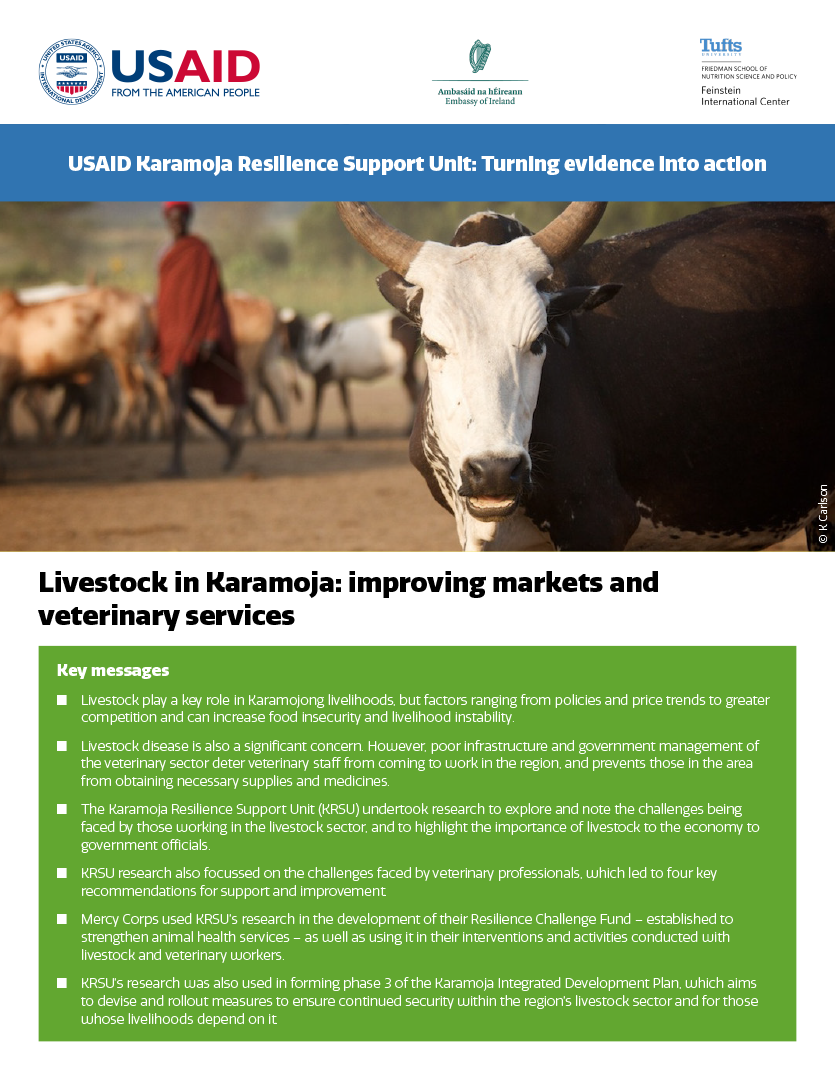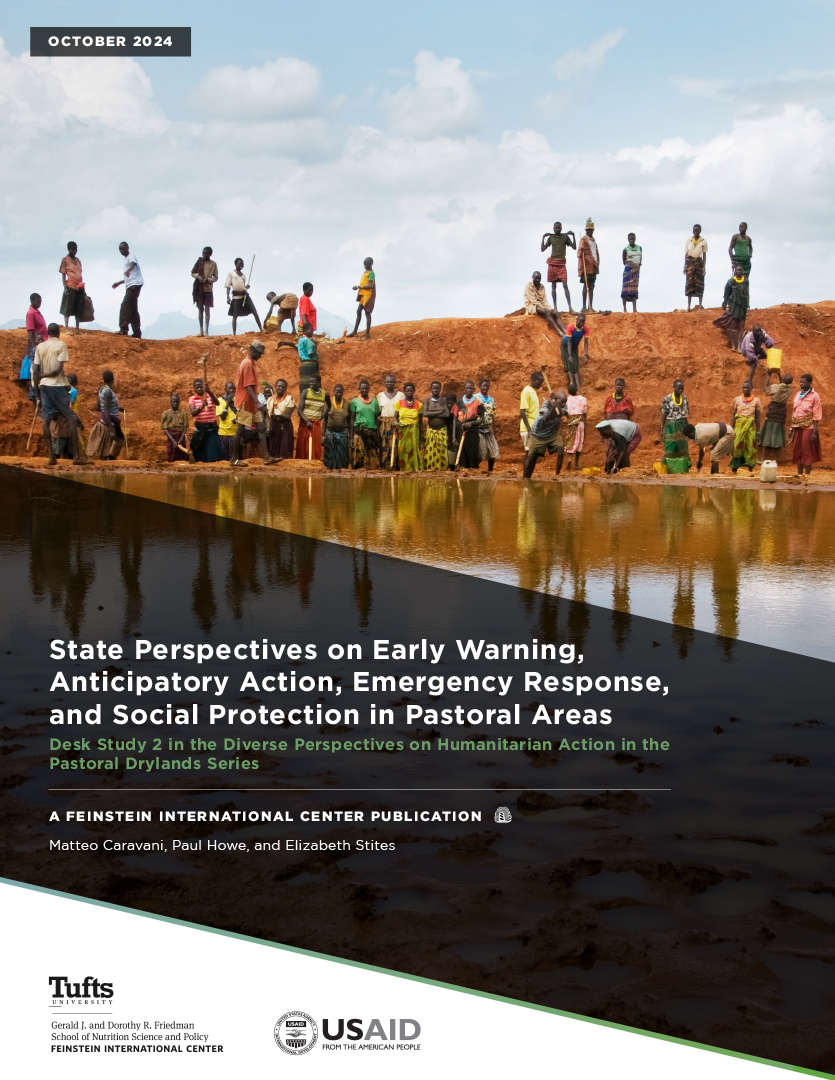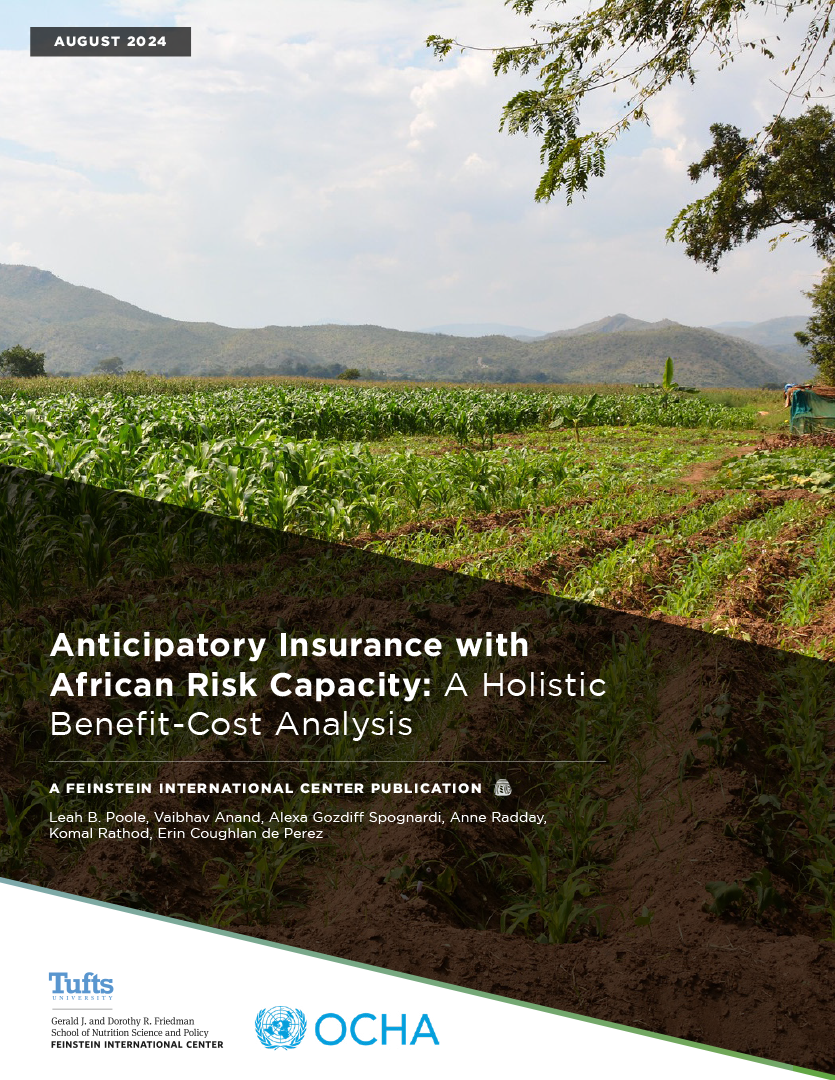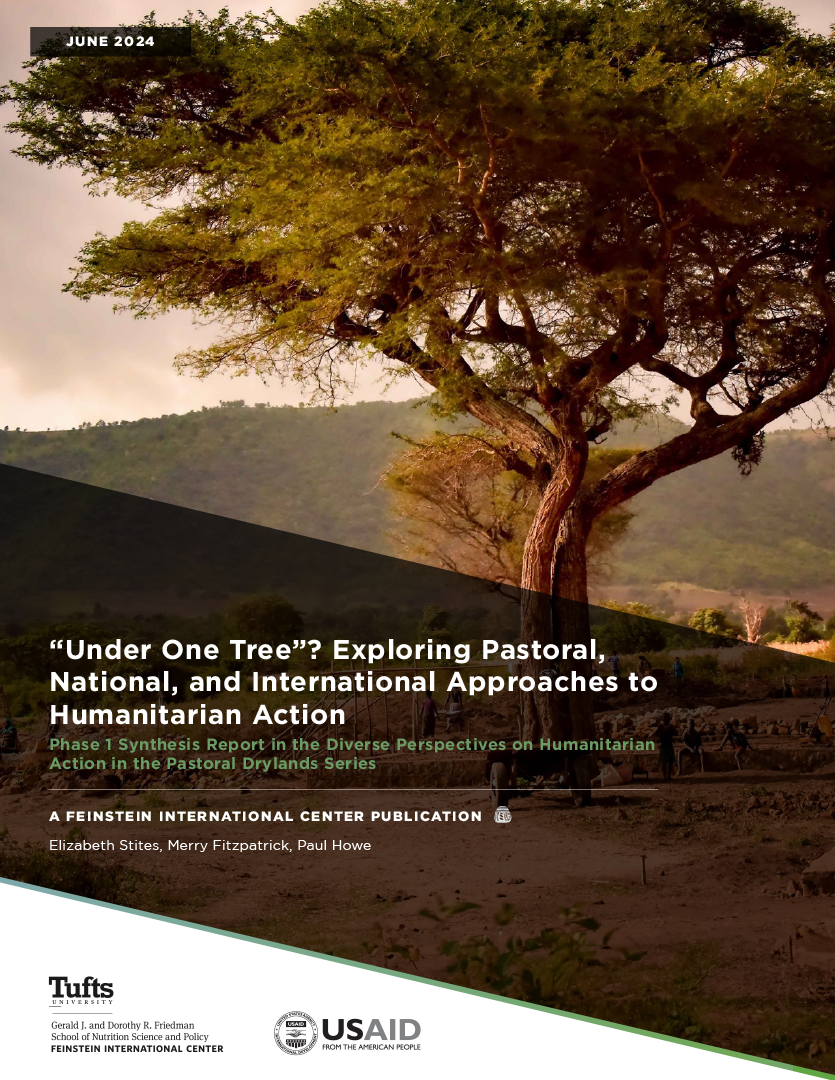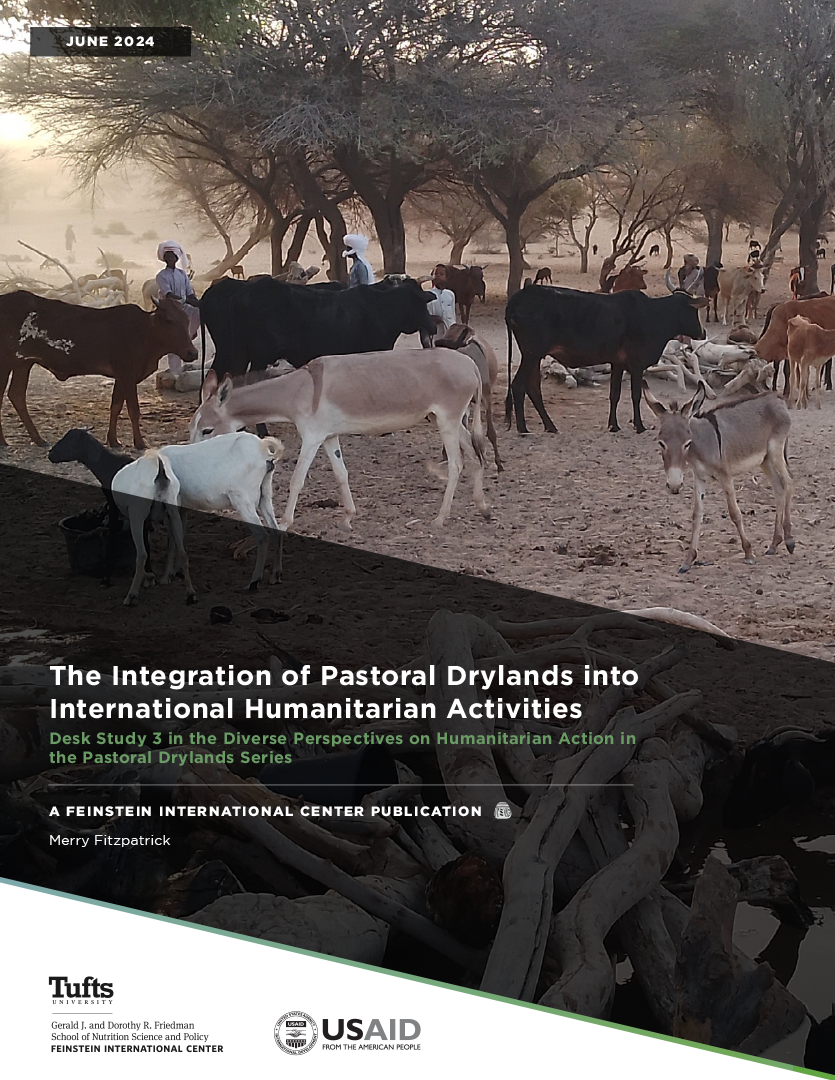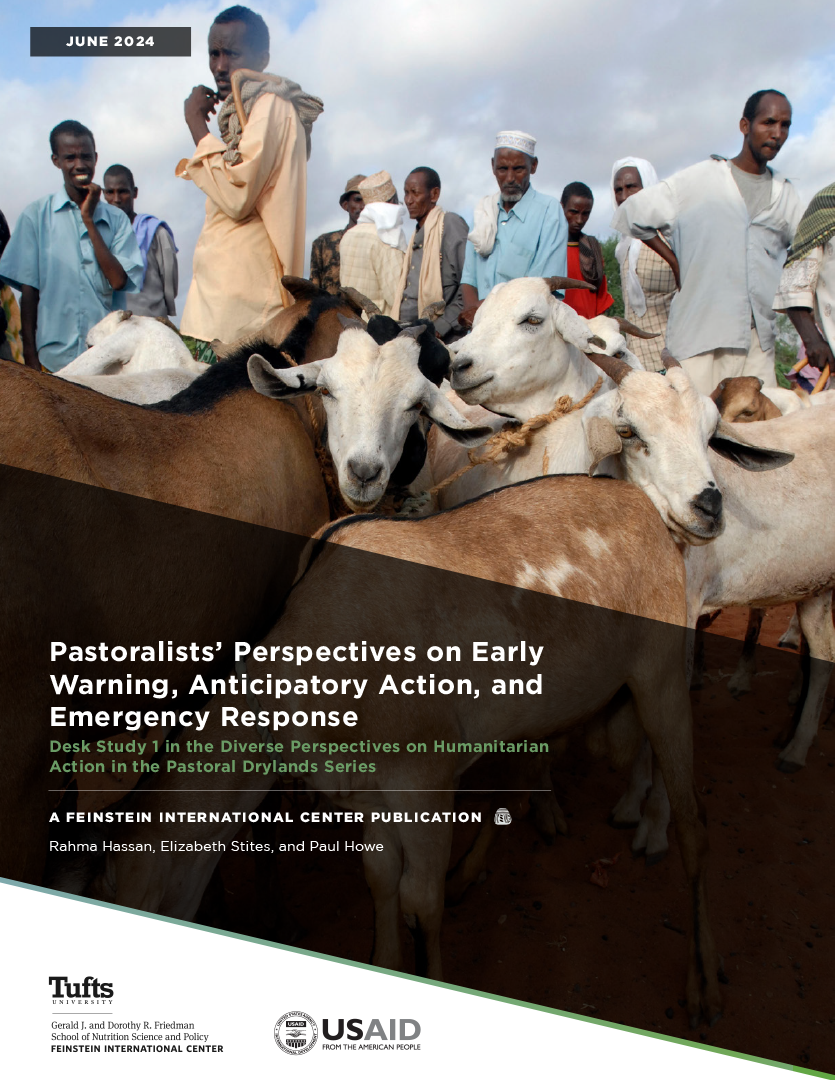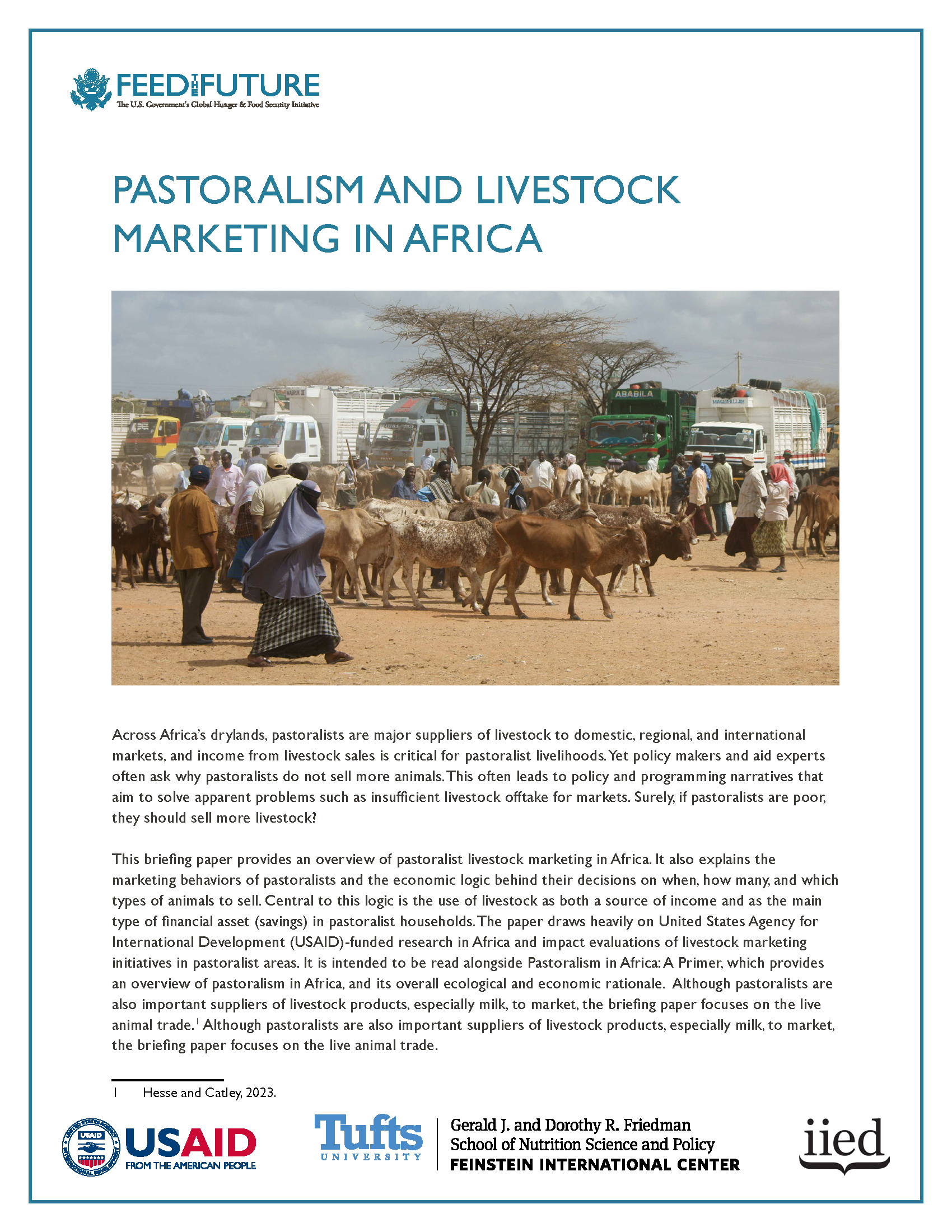Livestock play a key role in Karamojong livelihoods, but factors ranging from policies and price trends to greater competition and can increase food insecurity and livelihood instability.
Livestock disease is also a significant concern. However, poor infrastructure and government management of the veterinary sector deter veterinary staff from coming to work in the region, and prevents those in the area from obtaining necessary supplies and medicines.
The Karamoja Resilience Support Unit (KRSU) undertook research to explore and note the challenges being faced by those working in the livestock sector, and to highlight the importance of livestock to the economy to government officials.
KRSU research also focused on the challenges faced by veterinary professionals, which led to four key recommendations for support and improvement.

